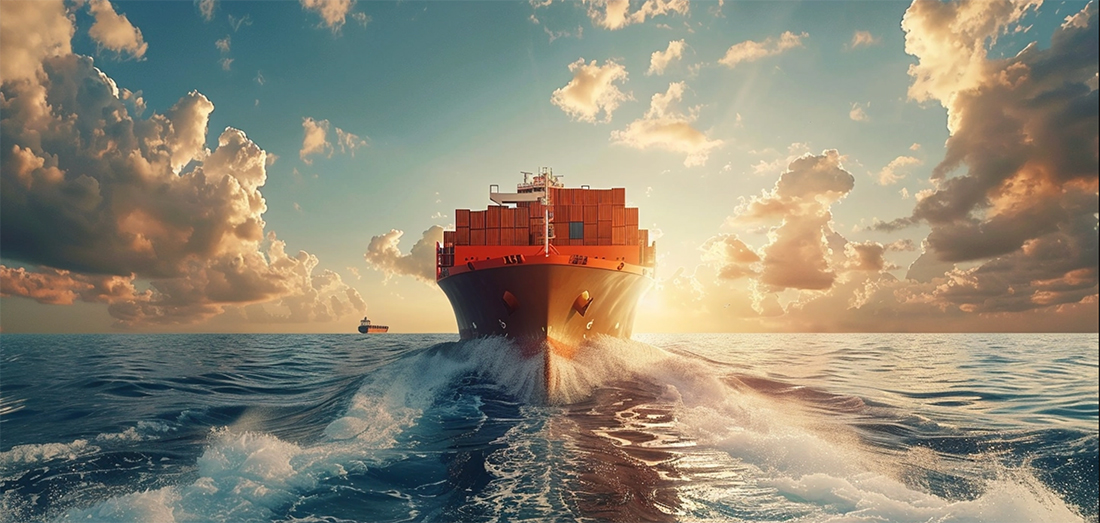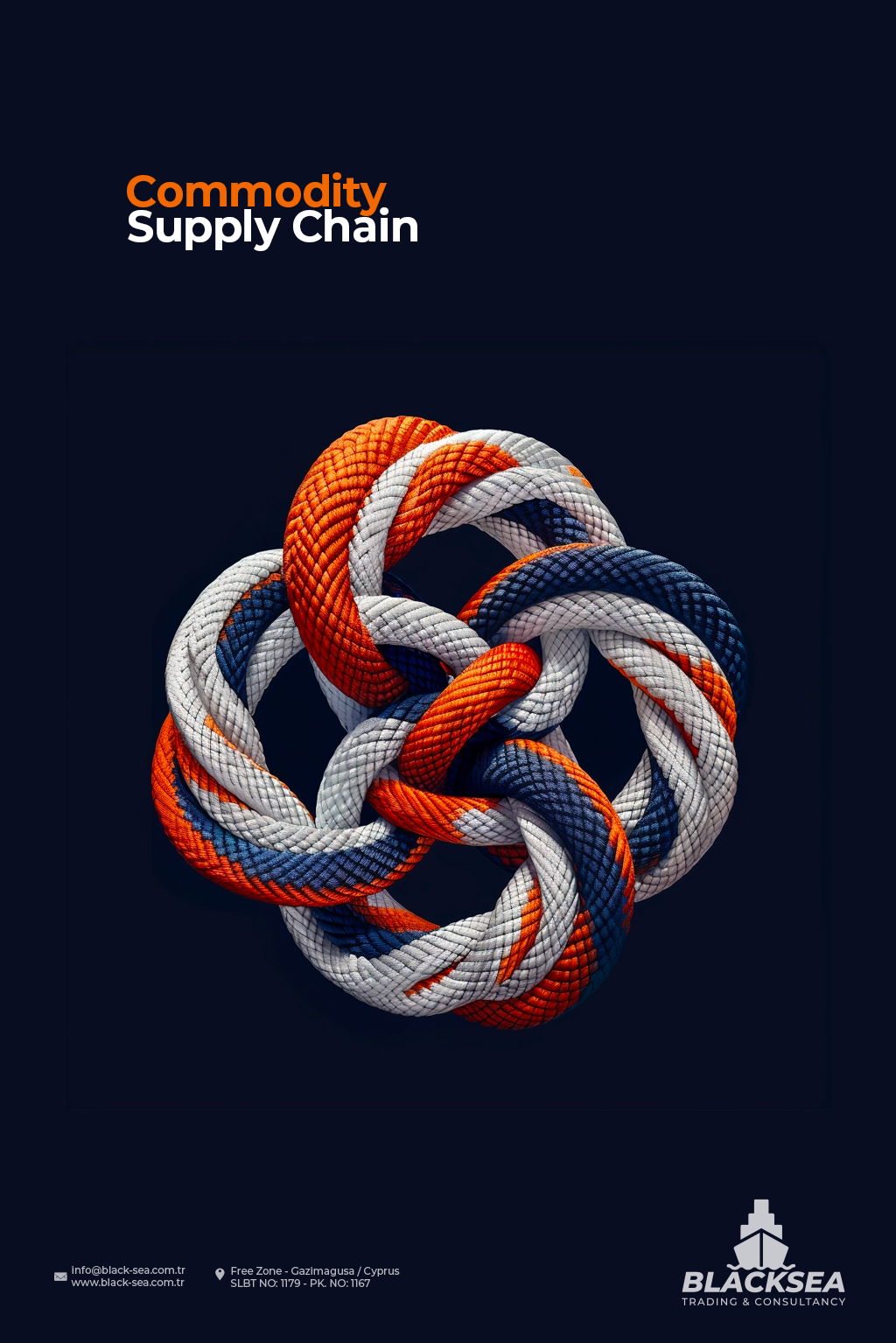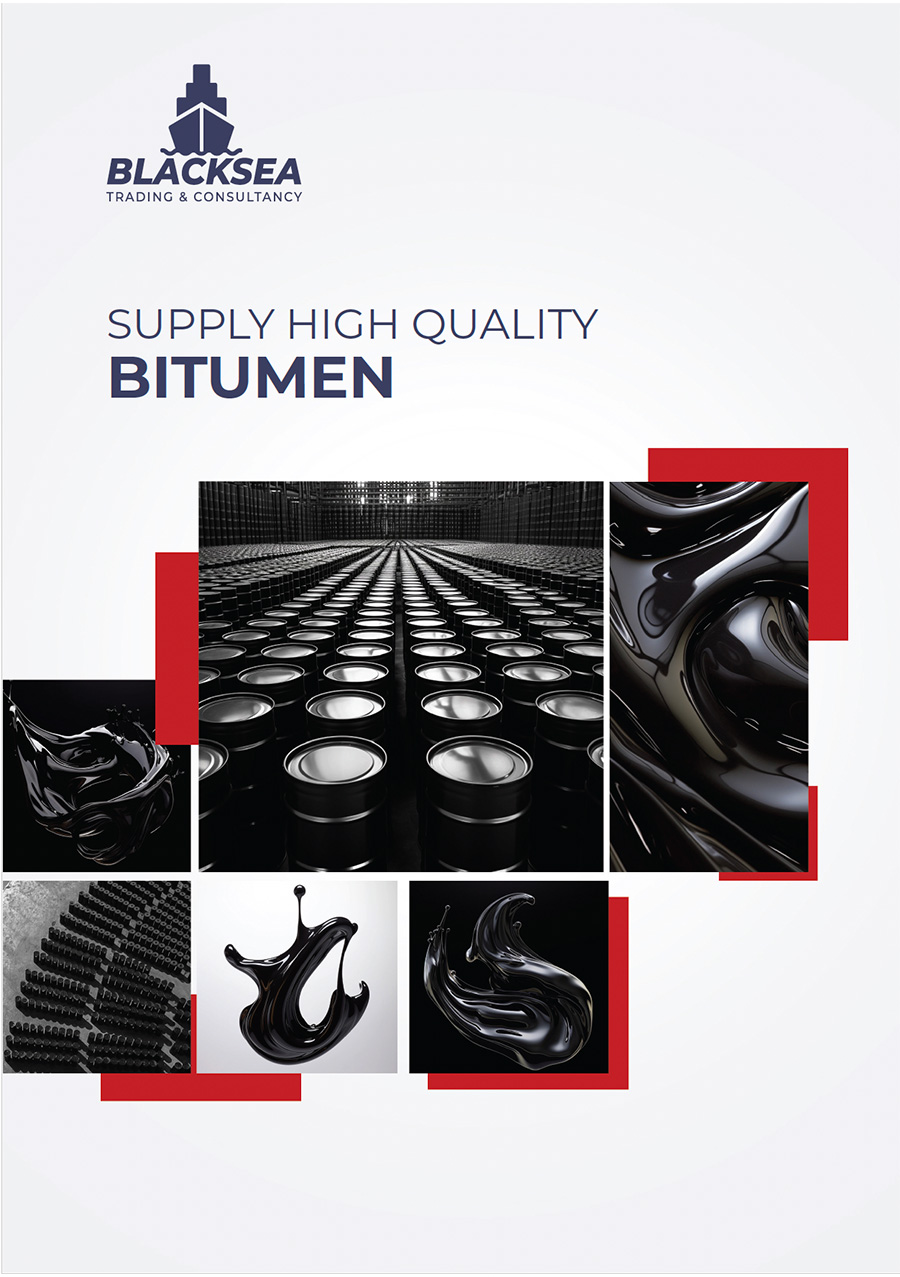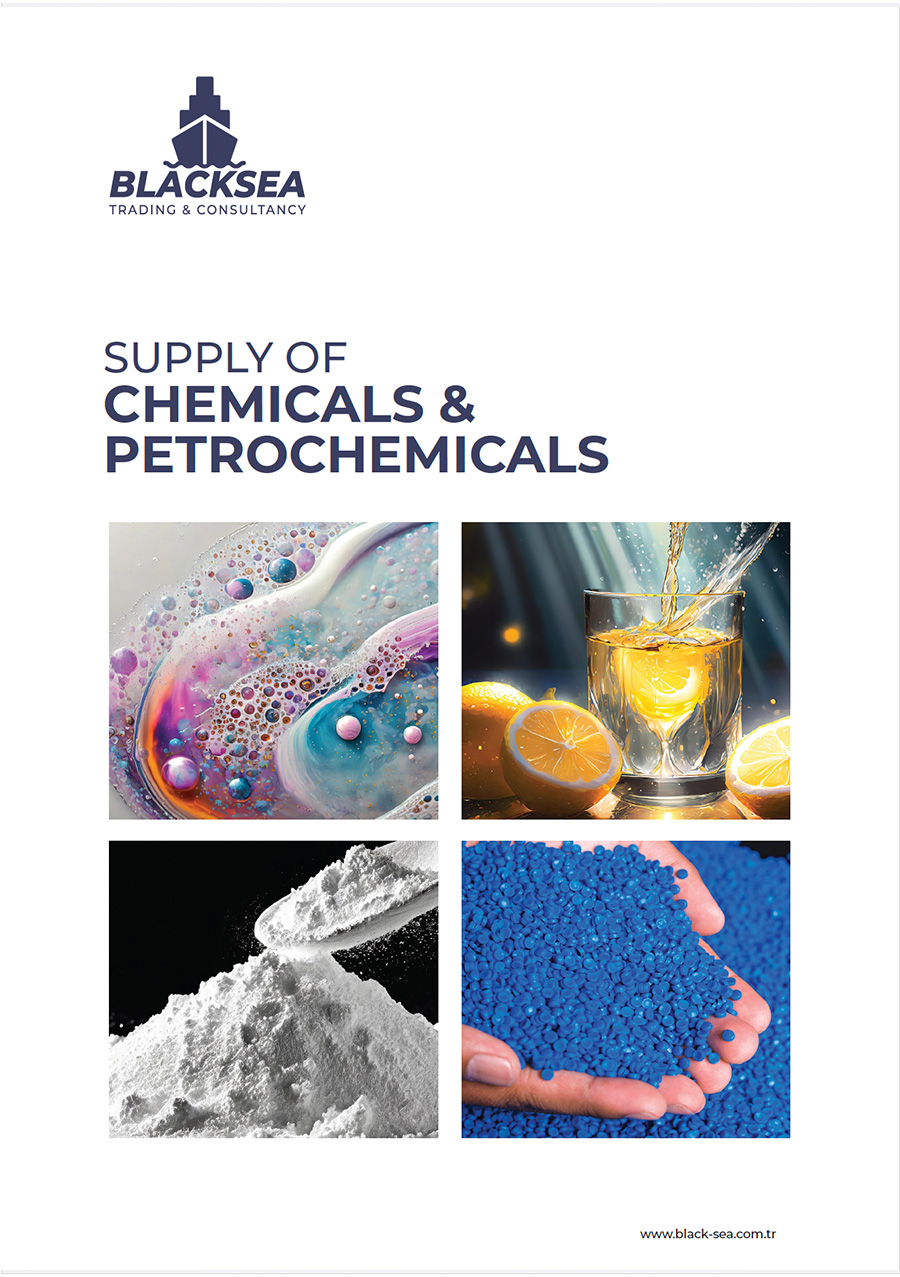The Brazilian sugar trade stands as a complex web of interconnected entities, influenced by global market trends, banking institutions, and governmental policies. Recent reports from the US Department of Agriculture forecast a continued rise in sugar prices, while the presence of Spanish bank Santander looms large over the supply chain, shaping pricing dynamics. With Brazil’s strategic geographical position and a meticulous approach to export regulation, the country has capitalized on opportunities arising from shifts in global sugar trade patterns.
This article delves into the structure of the Brazilian sugar trade, exploring key stakeholders, market trends, and governmental policies shaping this dynamic industry.
Understanding the Dynamics of Brazilian Sugar Trade: A Comprehensive Q&A Guide
Q: What are the current trends in the Brazilian sugar market according to the US Department of Agriculture report?
A: The US Department of Agriculture report suggests an ongoing increase in sugar prices for the next three years.
Q: Who holds significant influence over the sale of Brazilian sugar, and how do they exert this control?
A: The Spanish bank Santander plays a pivotal role in the Brazilian sugar trade. By offering loans to various entities involved in agriculture, transportation, and refining in Brazil, Santander effectively controls a substantial portion of the sugar supply chain.
Q: How does Brazil’s geographical distance from Europe impact sugar pricing, and what role does Santander play in this regard?
A: Despite the distance between Brazil and Europe, Santander ensures favorable sugar pricing by managing the supply chain effectively.
Q: What factors have contributed to the increased sale of Brazilian sugar in the Middle East region?
A: The gradual reduction in sugar exports from India, coupled with declining confidence in the quality of Indian sugar over the past decade, has created an opportunity for Brazilian sugar in the Middle East. Brokerage firms operating in the sugar trade have sought partnerships in the Middle East, leading to a significant surge in the sale of Brazilian sugar to the region.
Q: What is the process involved in the production and refining of sugar in Brazil?
A: In Brazil, sugar cane undergoes processing in pulping plants near the fields to produce an intermediate product. This product is then transported to refineries located close to ports, where it is refined into crystalline white and brown sugar. Modern facilities and an efficient transport system help keep the prices of Brazilian sugar reasonable.
Q: How has the Brazilian government’s agricultural policies evolved since 2000, and what impact has it had on agricultural exports?
A: Since 2000, the Brazilian government has aimed to enhance its agricultural policies, resulting in a significant increase in agricultural exports from $20 billion to $125 billion. Learning from issues such as declining Indian sugar exports and quality concerns, the Brazilian government has implemented strict monitoring measures on trade companies, port operations, and documentation processes to ensure the quality and reliability of agricultural exports.
Q: What is the significance of banking institutions in the Brazilian sugar trade, and how do they contribute to its structure?
A: Banking institutions play a crucial role in structuring the Brazilian sugar trade. At the top of the hierarchy are Spanish banks and global companies that control the South American sugar supply as a strategic raw material. Below them, a select few financial firms manage quota control and collection transactions, while approximately 75 companies, known as Suppliers or Brokers, operate under these investment firms.
The Brazilian sugar trade emerges as a multifaceted ecosystem, driven by a combination of market forces, financial institutions, and governmental oversight. As global demand for sugar continues to evolve, Brazil remains poised to capitalize on emerging opportunities, buoyed by its strategic position and robust export infrastructure. With stringent regulatory measures in place and a keen eye on quality control, the Brazilian government has demonstrated its commitment to ensuring the reliability and integrity of its agricultural exports. As the industry continues to evolve, collaboration among key stakeholders—from banking institutions to brokerage firms—will remain pivotal in navigating the complexities of the global sugar market. In conclusion, the resilience and adaptability of Brazil’s sugar trade underscore its significance on the global stage, positioning it as a key player in shaping the future of the industry.

